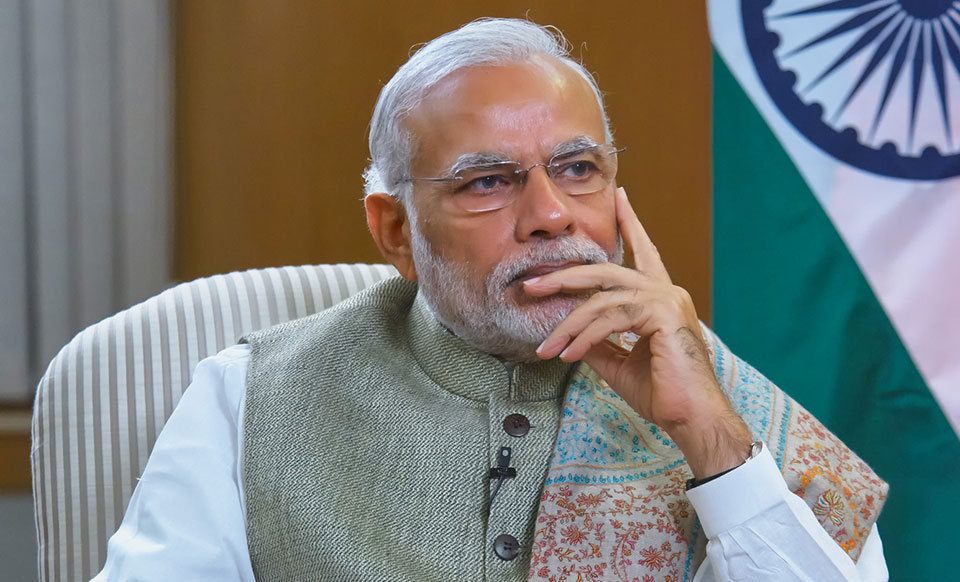3 reasons CEO’s should consider India for business operations

In today’s business environment, organizations cannot settle for a wait-and-see approach. CEOs need to be more agile and see beyond the day-to-day challenges, in order to be prepared for unforeseen disruptions to their business, such as the recent COVID19 pandemic. To sustain business operations, companies will need to adapt. As more businesses go digital, CEOs need to embrace systems thinking in order to create stronger, more resilient cost structures. For many, this means moving business operations.
In the last decade, many global companies have partnered with developing nations, or BRIC (Brazil, Russia, India, China) countries, to manufacture their products. While China has been the leader in manufacturing and operations, recent economic policies have threatened their relationship with global businesses, leaving the doorway open for India to capitalize.
In the last five years, India has risen in economic standing, thanks to its government-proposed ‘Make in India’ initiative to help transform the country into a global design and manufacturing hub. In a recent report, the Centre for Economics and Business Research (CEBR) announced that India is set to become the 4th largest economy by 2026, overtaking Germany with a GDP of $5 trillion.
With companies like Apple, Facebook, and Google, already investing in India, many are starting to realize the potential for business development and economic growth, and here’s why:
Sustainable Environment for Reshaping Business
As the fourth fastest-growing economy, the Indian market provides a sustainable environment for doing business. Even with the slowdown from the pandemic, India has not experienced many bankruptcies or casualties. In 2019, the government of India announced a $1.4 trillion-dollar investment in infrastructure changes, which will include the privatization of airports and Indian railway to make it easier to do business between various regions across the country. This investment, coupled with India’s strong digital connectivity – there are more than half a billion Internet subscribers – will aid in establishing a novel business environment for a number of sectors: pharmaceutical, infrastructure, manufacturing, and tech.
With more start-ups than the US and UK, India has become an innovative hub. Over 9,000 startups were recorded operating in India, 30 of which are valued at over $1 billion each; restaurant app Zomato being one of the most profitable apps to come out of India. With over 12 billion app downloads and over 1 billion wireless phone subscribers, India’s rapid digitization has made the country one of the largest and fastest-growing for digital consumers. And with access to 500 million consumers, many global companies, not just Silicon’s tech giants, will be investing in India.
Opportunities of Employability
In May 2020, the Centre for Monitoring Indian Economy (CMIE) reported that the rate of unemployment was at 23.5%, mirroring the adverse effects of COVID-19 pandemic. However, despite the increase in unemployment, 21 million individuals secured employment in trade sectors and service-based jobs, with the rate of labor participation increasing from 35.6% to 38.2%. These numbers show the cost structure models of remote working that are spreading throughout the country.
With India’s youth accounting for 600 million of the country’s total population, the arrival of Silicon giants will mean a rise in job opportunity for the under-25’s, many of whom are already well versed in technology and digital trends. India’s Gen Z’ers and Gen Alpha will be the ones to ultimately help India rise to the top of economic podium.

Recently introduced “New Education Policy” focuses the need to shift for education to move to digital models, design thinking and introducing creativity and flexibility as a way to nurture India’s growing youth population and prepare them for the future. The policy also focuses on “Adult Learning” & “Regional Content” as a focus to narrowing socioeconomic gaps and for rural India to not be left behind. These changes will create an even more skilled workforce and opportunities for global companies to continue to partner and create centers of excellence from within the region.
Effectiveness of Cost
The cost of doing business in India is far less for access to the largest democracy in the world. When you compare the significant and necessary facilities like electricity, food, labor and other infrastructure, it is much more affordable in India, compared to other developed nations. In terms of cost-effectiveness, India is considered the leading country to subcontract work. A number of companies, like Ford Motors, have established manufacturing facilities helping to lower cost associated with production. The lower cost of production doesn’t just include car manufacturers, but wireless tech too. Samsung now has its largest factory in Noida, India. Other companies have slowly been following suit.
As such, the government continues to focus on policies to ensure that FDI continues to grow and a friendly business environment exists. Earlier this year, India secured $50 billion dollars in Foreign Direct Investments. These numbers don’t include the recent $10 billion dollars from Google, Facebook and Walmart. Which shows the importance of being on the ground in this economy and having access to its consumer base.
With so much opportunity for business development and economic growth, your company could be launching the next ‘unicorn’ to the billions of consumers living in India. And that is enough of a reason alone to do business in India.
Commentary by Jamie Cid. Here’s what you’ve missed?
World’s Best Destinations For Business Travelers.
World’s Most (And Least) Expensive Cities For Taxis.
World’s Best Cities For Food Lovers.
Crewed MegaYacht charter in Greece and the Greek Islands.
Add CEOWORLD magazine to your Google News feed.
Follow CEOWORLD magazine headlines on: Google News, LinkedIn, Twitter, and Facebook.
This report/news/ranking/statistics has been prepared only for general guidance on matters of interest and does not constitute professional advice. You should not act upon the information contained in this publication without obtaining specific professional advice. No representation or warranty (express or implied) is given as to the accuracy or completeness of the information contained in this publication, and, to the extent permitted by law, CEOWORLD magazine does not accept or assume any liability, responsibility or duty of care for any consequences of you or anyone else acting, or refraining to act, in reliance on the information contained in this publication or for any decision based on it.
Copyright 2024 The CEOWORLD magazine. All rights reserved. This material (and any extract from it) must not be copied, redistributed or placed on any website, without CEOWORLD magazine' prior written consent. For media queries, please contact: info@ceoworld.biz
SUBSCRIBE NEWSLETTER








